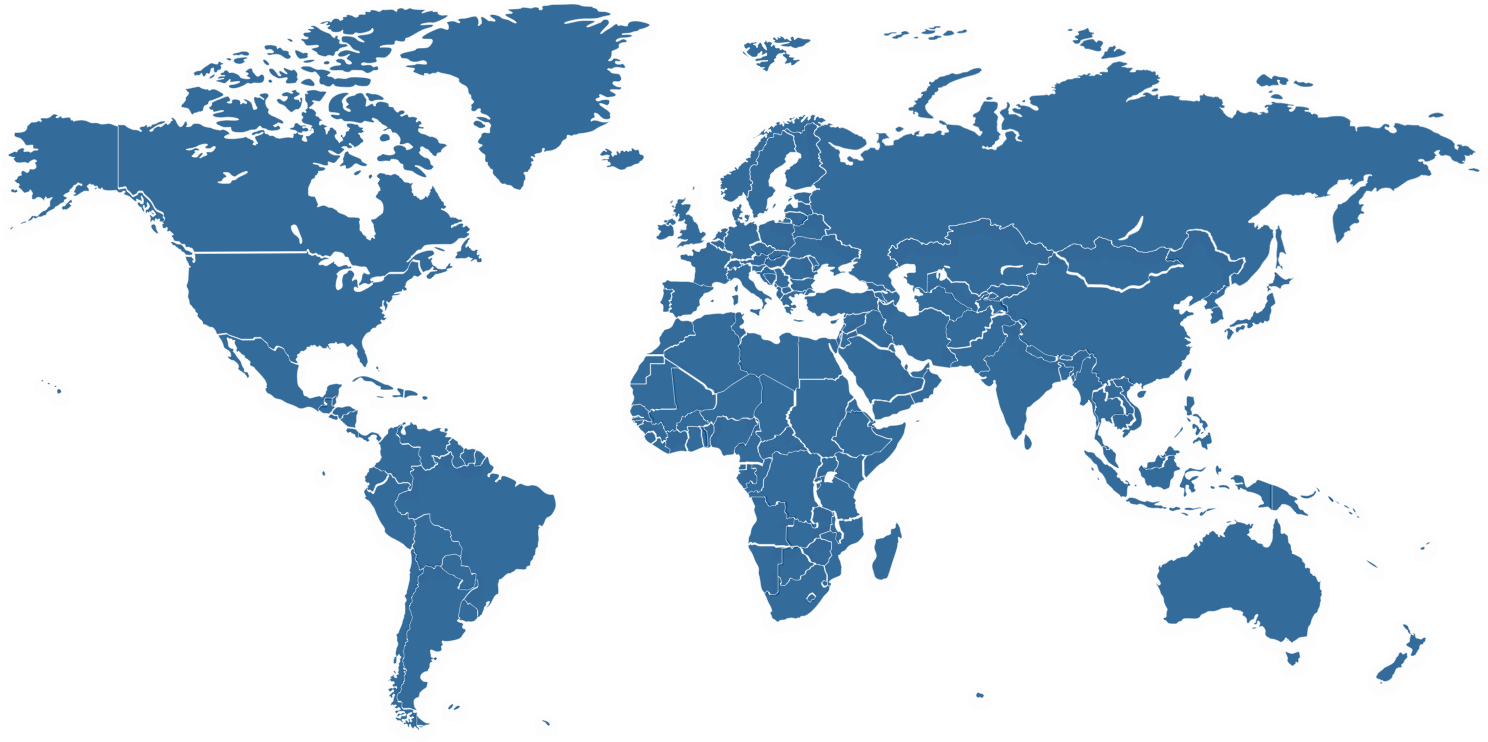Asset Publisher
Country profile of Lebanon
Asset Publisher
Country Name: Lebanese Republic / al-Jumhurriyya al-lubnaniyya
Location: eastern Mediterranean coast; neighboring countries: Syria (north, east), Israel (south)
Climate: predominantly Mediterranean, snowfall in the mountains (up to 3,000 meters high) in wintertime
Area: 10,452 sq. km
Capital: Beirut (approx. 1.5 million inhabitants)
Population: approx. 6 million (as of 2022, according to World Bank), among them almost 1 million registered Syrian refugees (as of March 2024, according to UNHCR) and 489,292 Palestinian refugees (as of March 2023, according to the UNRWA)
Major Languages: Arabic; French and English are widely spoken
Religions: 18 recognized religious communities: Muslims (67.8%; among them Shia 31.2% and Sunni 31.9%), Christians (32.4%; Maronite Catholics are the largest Christian group), Druze 4.5%, very small numbers of Jews (<0,1%) (2020 est.)
The figures given for the denominational distribution are just estimations according to the CIA World Factbook, as there is no official data since 1932.
Currency: Lebanese Pound (LBP), Sayrafa Platform Rate for 19/12/2023; 1 USD = 89,500 LBP, 1 EUR = ca. 96,350 LBP
Form of Government: Parliamentary Democracy
Head of State (Maronite-Catholic): President Joseph Aoun, since January 2025.
Head of Government (Sunni): Prime Minister Nawaf Salam, since February 2025.
Speaker of Parliament (Shia): Nabih Berri (Amal), since October 1992.
Foreign Minister: Youssef Rajji
Parliament: One-chamber parliament with 128 seats (denominational proportion); last elections on May 15, 2022.
Membership of International Organizations: Arab League (founding member), Organization for Islamic Cooperation (founding member), United Nations (founding member) with specialized agencies
GDP 2021 (nominal): 23.1 billion USD (ca. 21.46 billion EUR)
GDP 2021 (per capita): 4,136 USD (ca. 3,842 EUR)
Life expectancy: women: 77 years; men: 73 years
Sources: German Ministry of Foreign Affairs, World Bank, UN, CIA World Factbook


